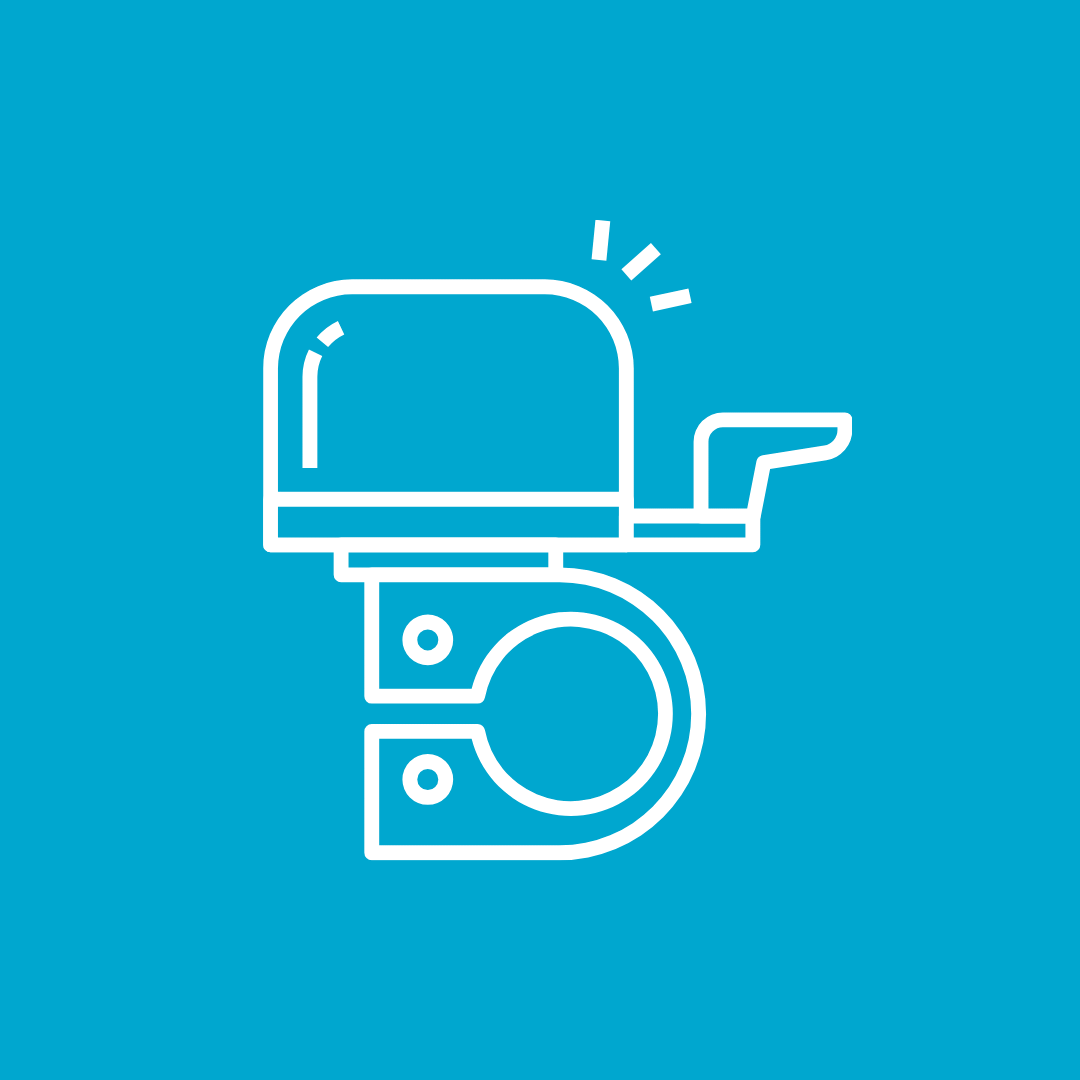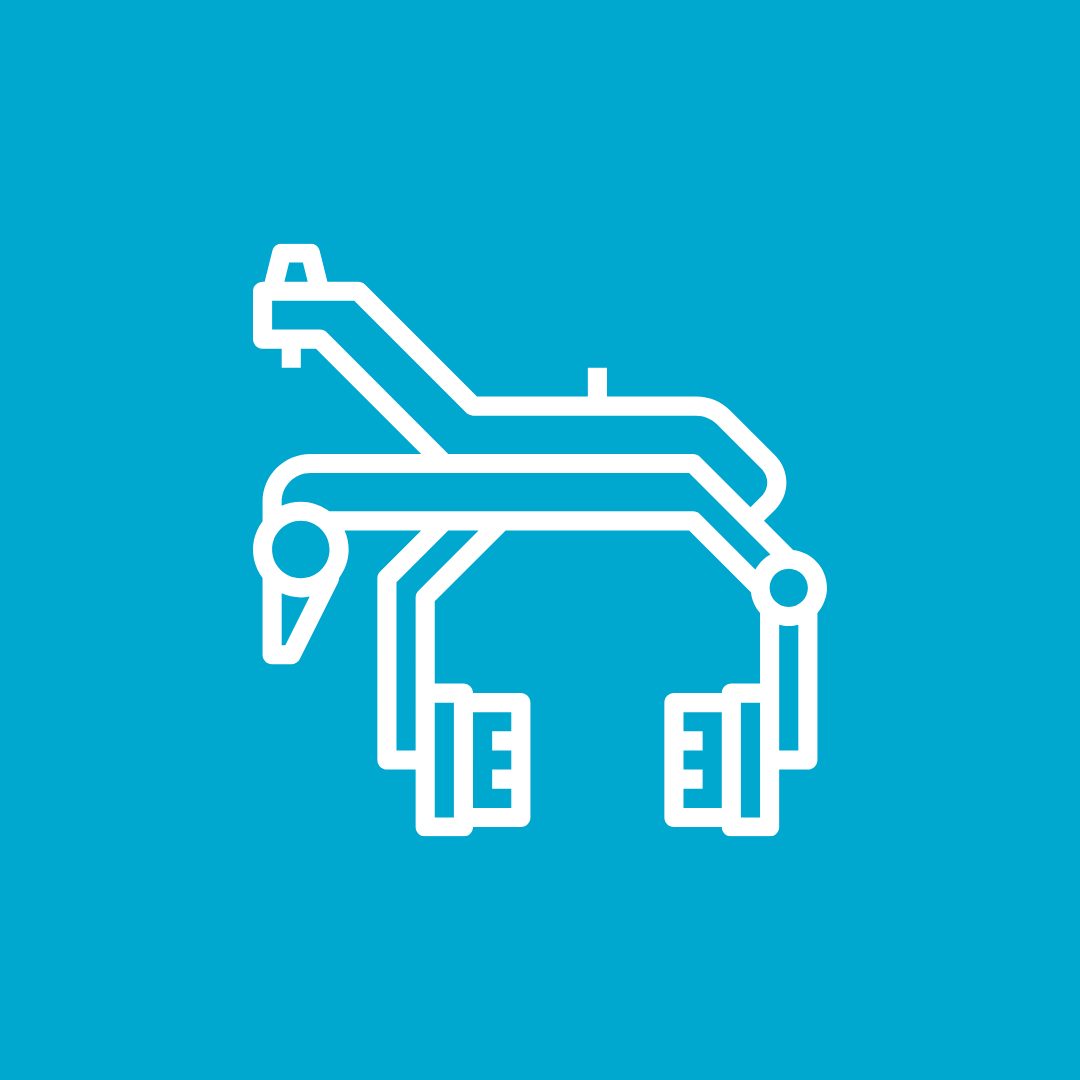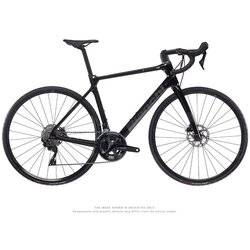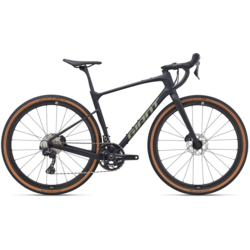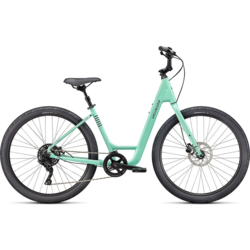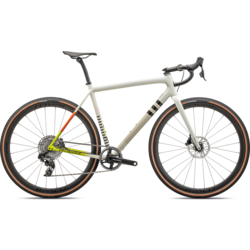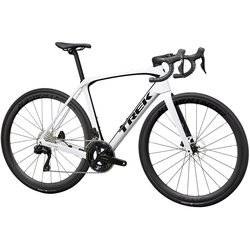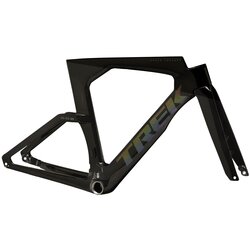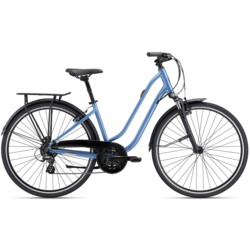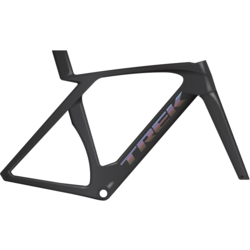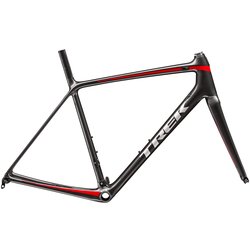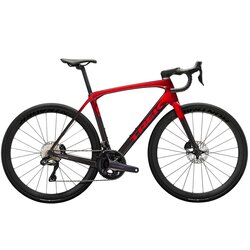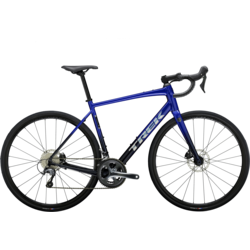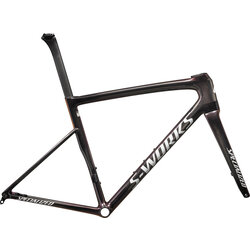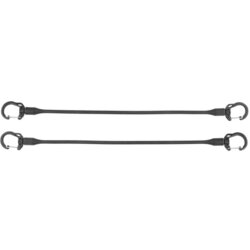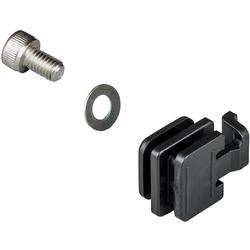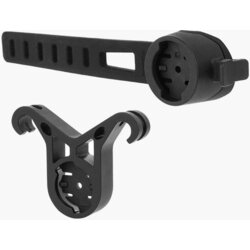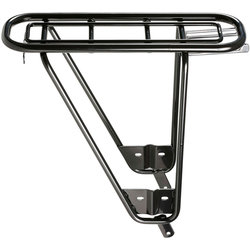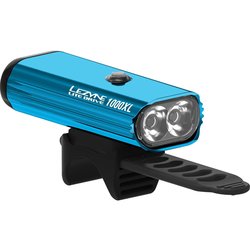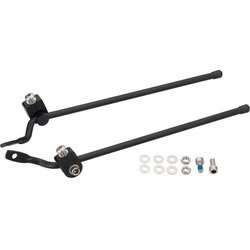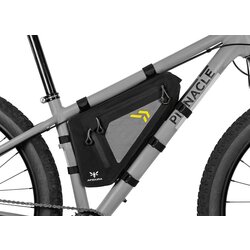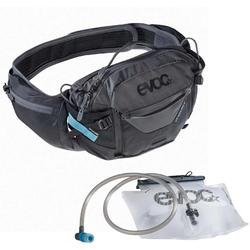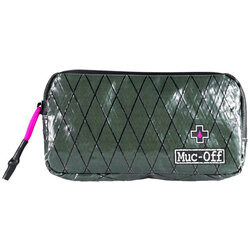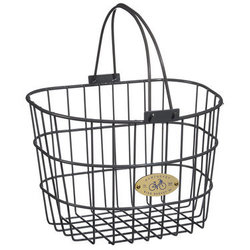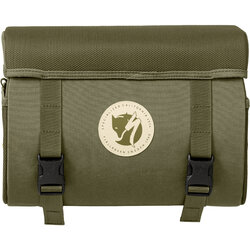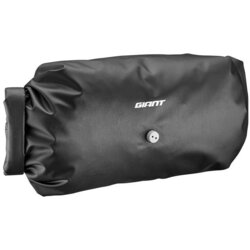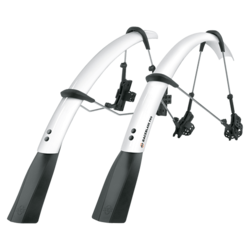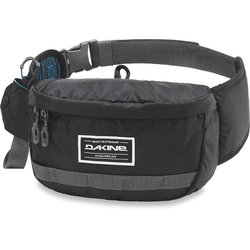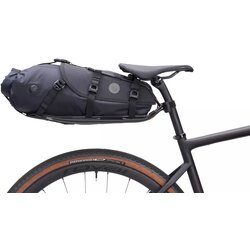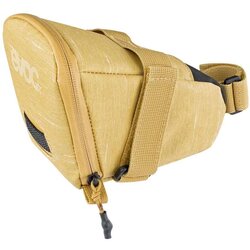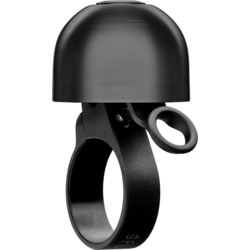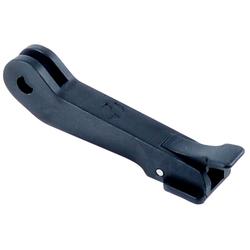BIKING IN THE CITY OF CALGARY
Bicycle Bylaws for Cyclists in Calgary
You've got yourself a new bike to get around, but now you're wondering what the rules are when riding in the city. We’ve compiled the most important bylaws about cycling in the city as well as some helpful tips to keep you safe on the roads and pathways. Keep reading to find out the full breakdown.
Under provincial laws, whether riding on the pathways or roadways, all cyclists must have the following on their bikes:
All bikes on the pathway or roadway must have a bell or a horn.
Click here for our online selection of bells.
Under provincial law, all bicycle riders must use the appropriate hand signals and shoulder check before turning or changing lanes.
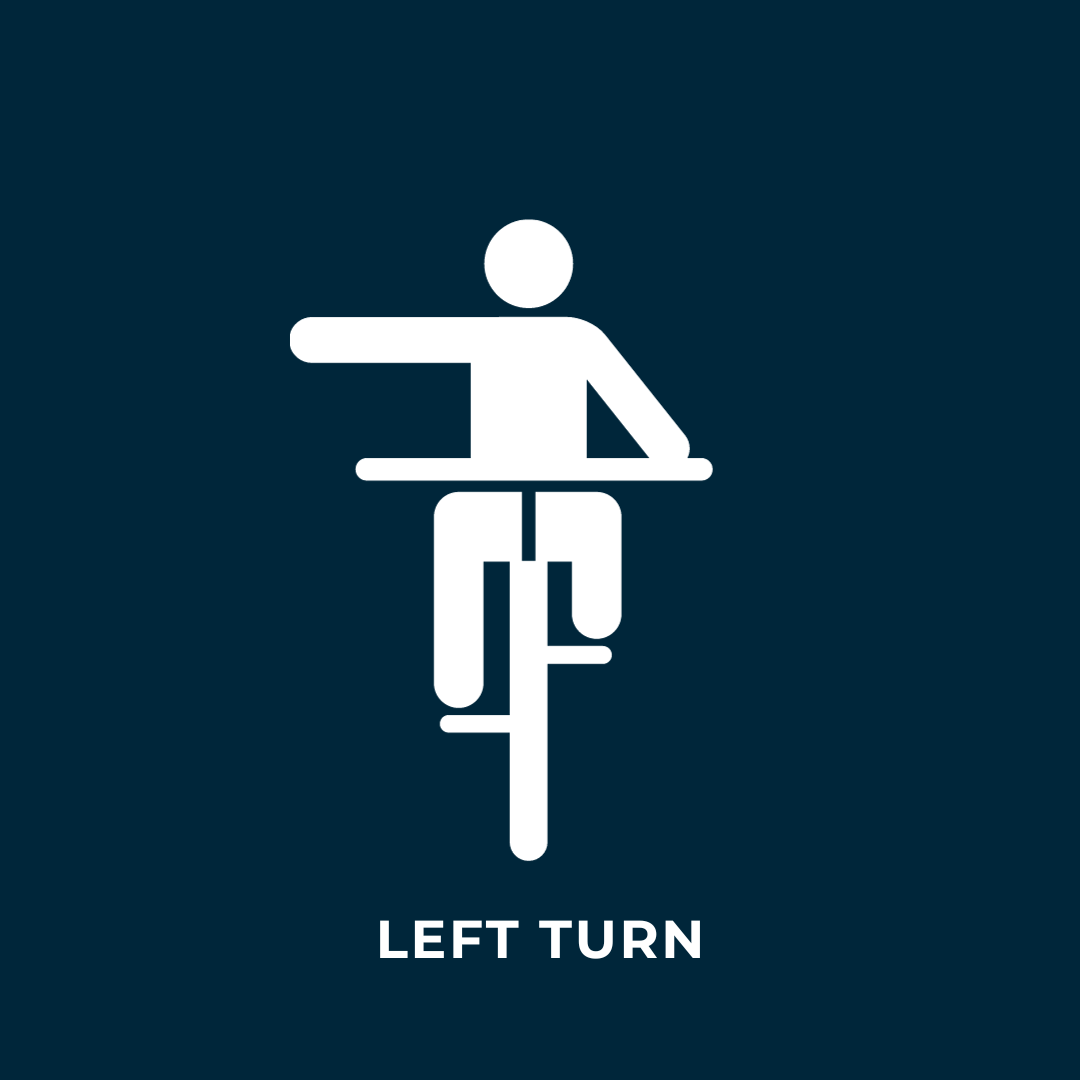
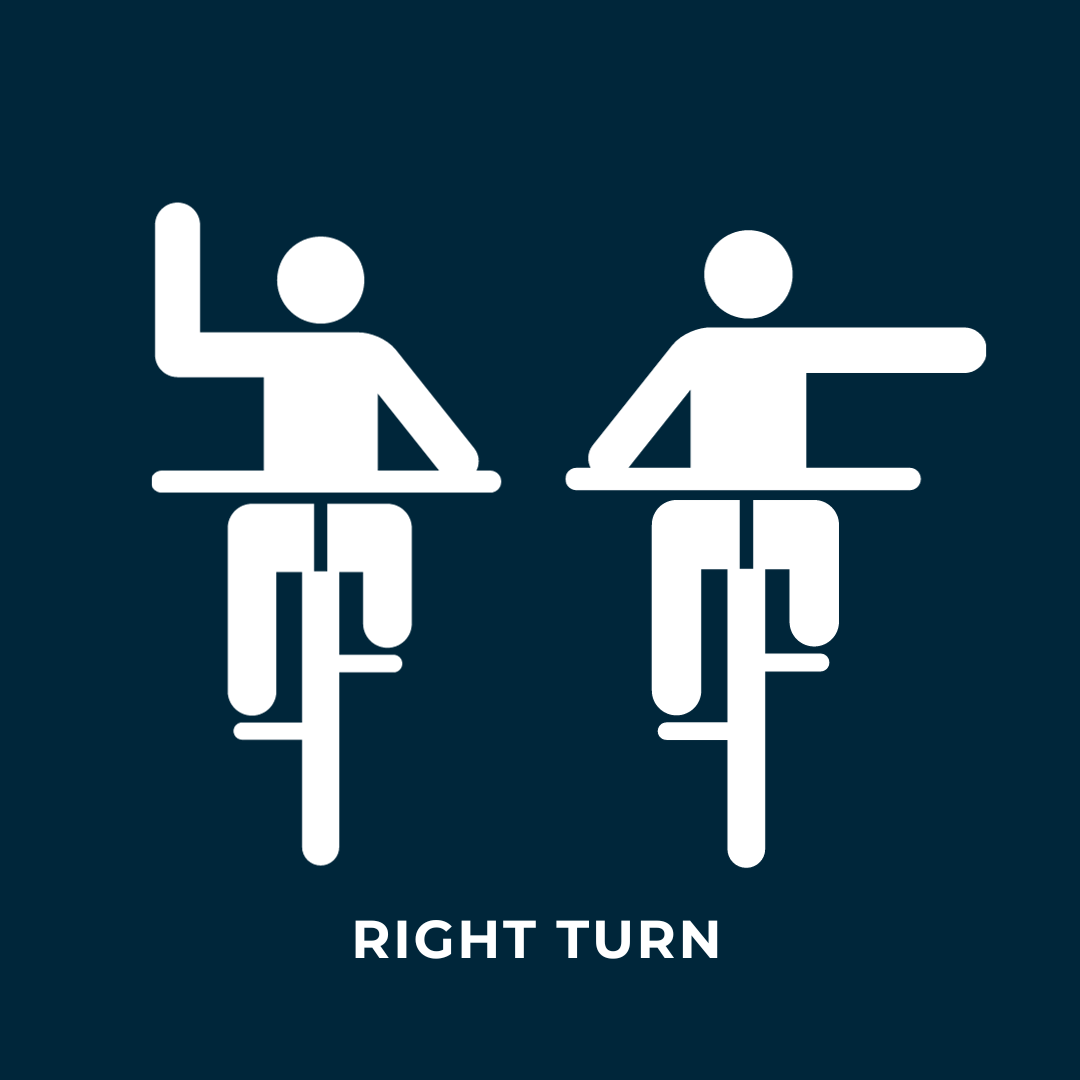
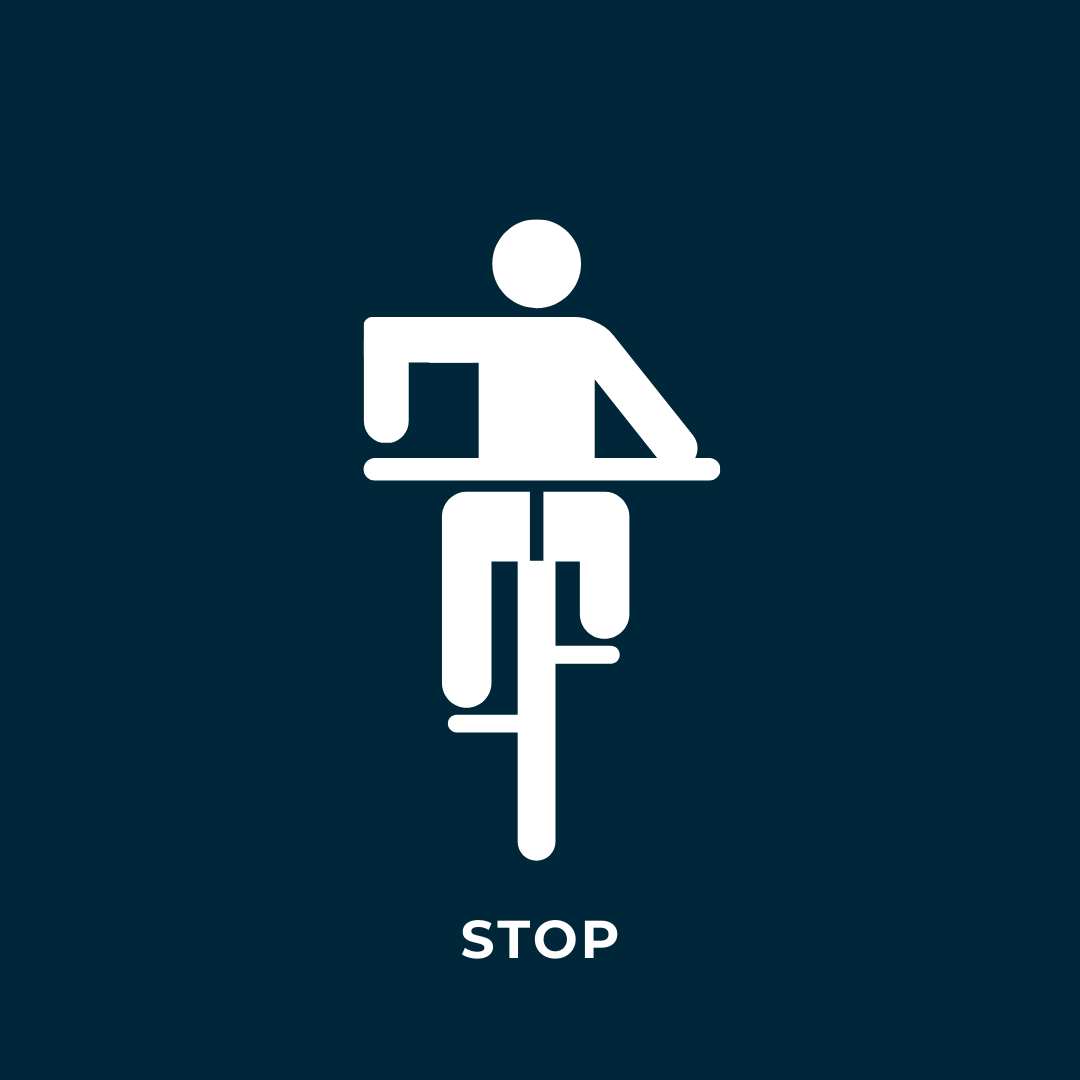
Pathway Bylaws and Safety
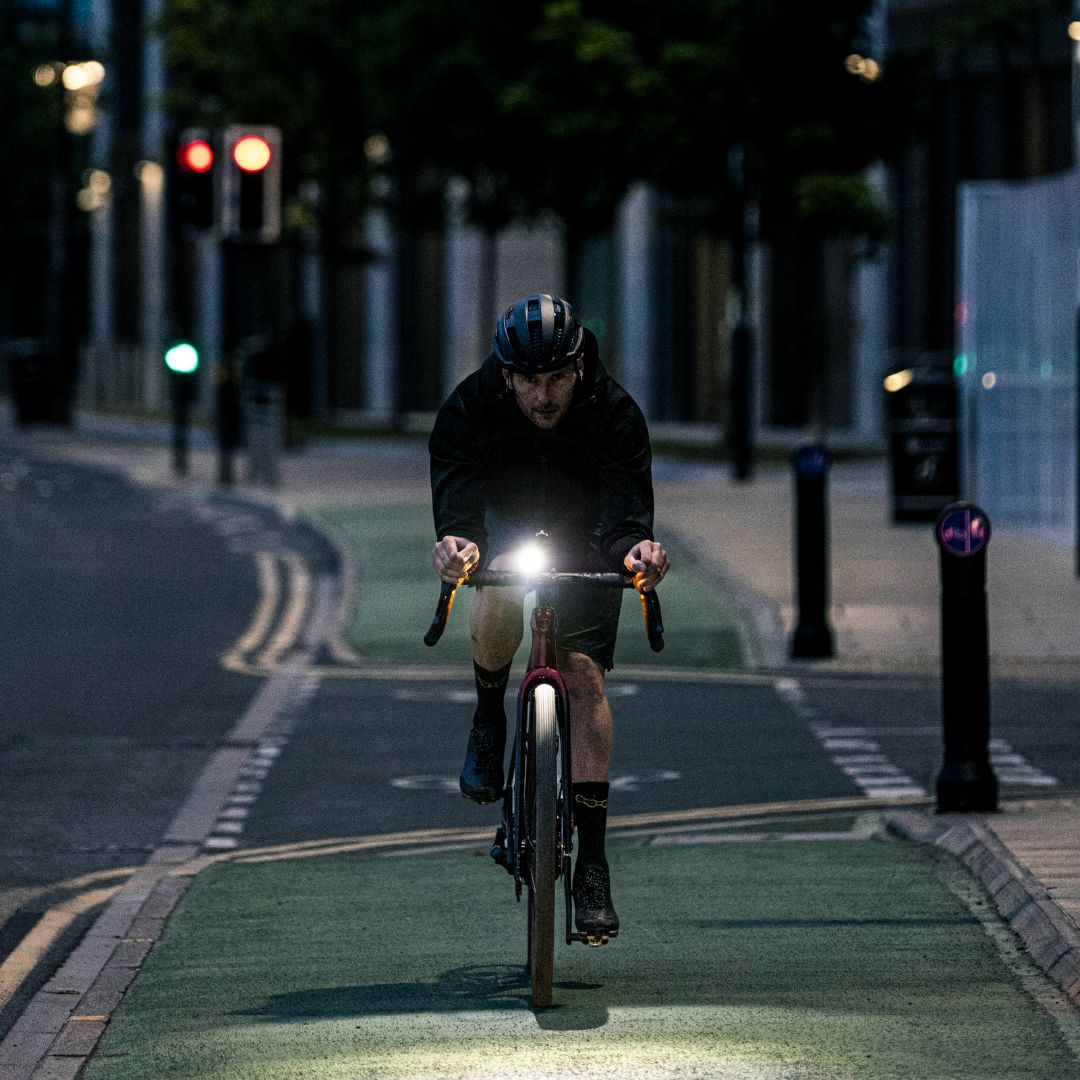
When cycling on the Calgary pathways you must obey the following local bylaws:
- Maximum speed of 20km/hr unless otherwise posted
- Stay on pathways and well-established trails.
- Cycling with a leashed dog is not permitted.
- Have a front white light and a red rear reflector when riding at night (between sunset and sunrise).
- Use a bell or audible signal when overtaking another pathway user.
The following safety tips are encouraged when riding on pathways:
- Where twinned sections of pathways exist, use the designated cycle path (unless only one path is plowed during winter that must be shared).
- Avoid using your cell phone or other handheld items when in motion.
- Keep your eyes looking ahead to see upcoming obstructions.
- Ride in a single file with other users.
- Move off the pathway to the right when stopping.
- Keep the volume low on headsets so you can hear what's around you.
- Watch out for slippery sections that may be covered in ice, loose gravel and silt.
- Keep to the right side of the pathway except when passing.
- Yield the right-of-way to users on the right where two pathways intersect.
- Ring your bell or use your voice to alert others when passing or approaching a blind spot such as a corner or hill.
Road Bylaws and Safety
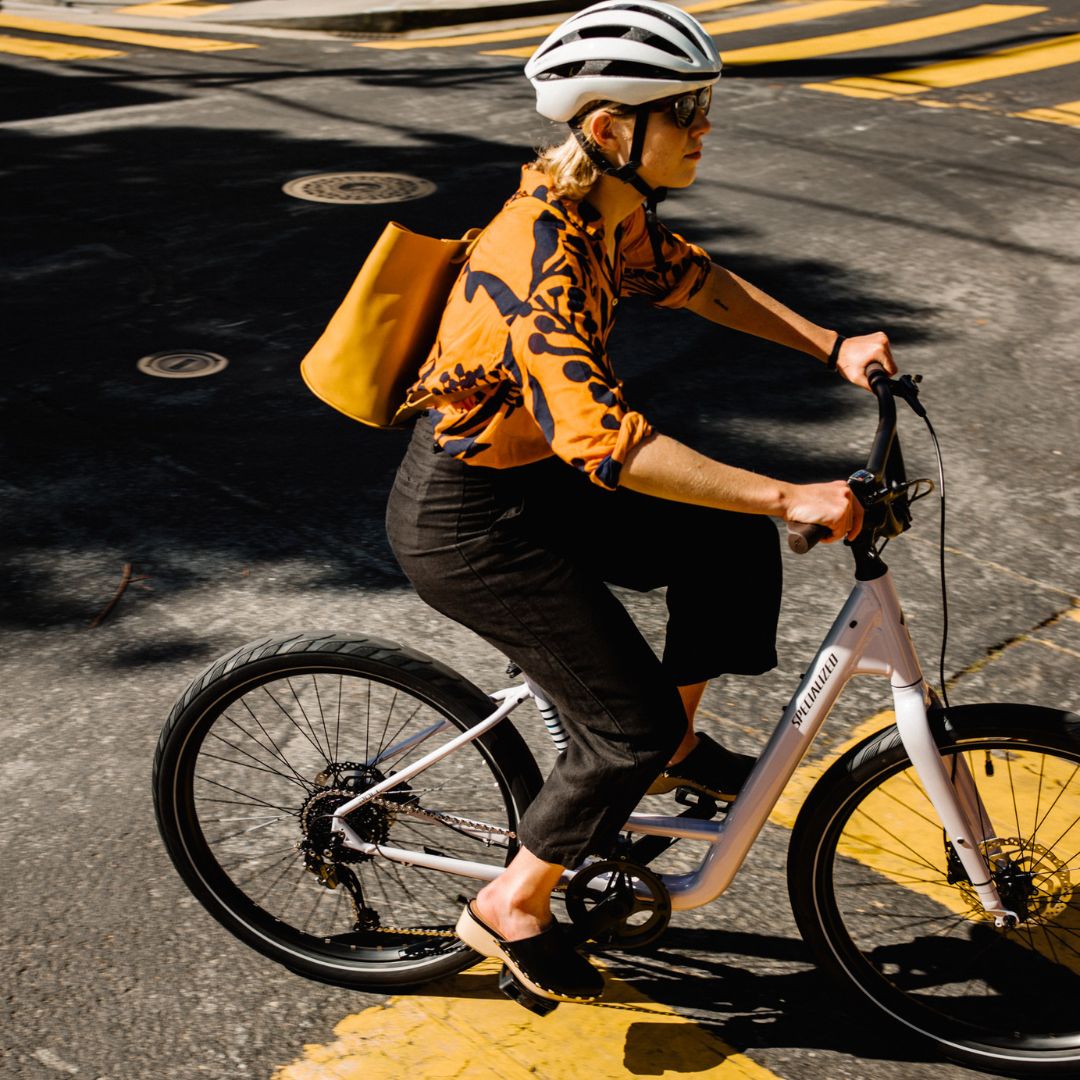
Cyclists on roadways must obey the following local City of Calgary bylaws:
- People cycling must obey all traffic signs and signals.
- Cyclists are permitted to ride on all Calgary roadways except Deerfoot Trail,
- People cycling are permitted to take the whole lane if required for safety but should ride as close to the curb as is safe to do so.
- Cyclists are not allowed to ride on sidewalks unless there are dedicated bike paths on them.
We also encourage the following safety tips when riding on roadways:
- Be predictable, meaning ride in a straight line, and do not dodge in and out of parked cars.
- Watch for cars that are entering, or exiting driveways and alleys.
- When passing parked cars, watch for doors that may be opened.
- Avoid using your cell phone or other hand-held technology while moving.
- Always look ahead of you to see upcoming obstructions.
- Unless you're making a left turn or it's safer to take the whole lane, always ride as far to the right of the road as possible.
- Ride .5 to 1 m away from the curb to avoid built-up debris.
- Taking the lane is recommended when you cannot stay within that close distance to the curb to discourage cars from passing too closely.
- Avoid riding in right-turn-only lanes when continuing straight, and use the proper left lane when turning left.
- Keep the volume low on headsets so you can hear others around you.
- Watch for slippery sections covered by ice, loose gravel or silt.
- Plan your route ahead of time to avoid unnecessary distractions and sudden changes in direction. Keeping in mind that during your winter commute, you may need to change your route to better suit riding conditions.
Bike Lane Signage and Road Markings
There are many different signs and street markings that riders must familiarize themselves with to navigate safely around Calgary. Read the descriptions below to understand their meanings.
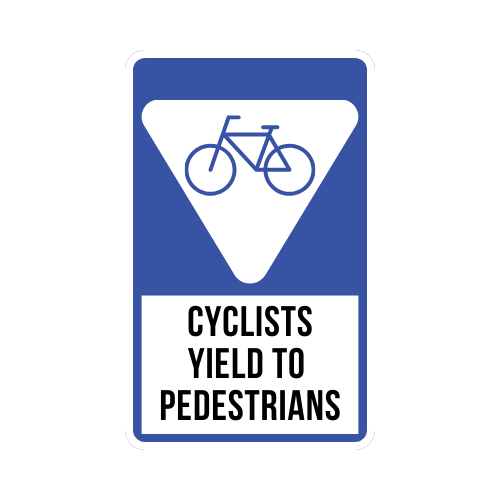
- Riding on the sidewalk is permitted when this sign is posted
- People riding their bikes must yield to people walking
- Note: Anyone 14 years old or younger is allowed to ride on all sidewalks in the city, at any time.
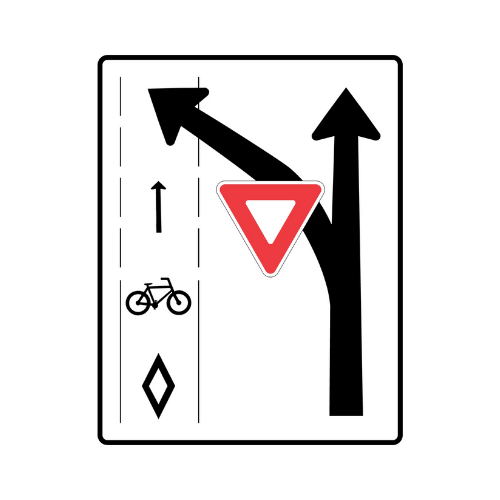
- Drivers are permitted to turn across a bike lane to access an alley, driveway, or intersection.
- Drivers must signal before crossing the bike lane.
- People driving must yield to people cycling.
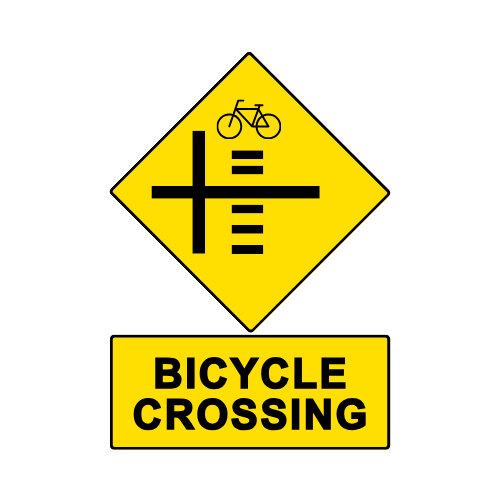
- There is a bicycle/pedestrian crossing ahead.
- Drivers must yield to cyclists/pedestrians in the crosswalk.
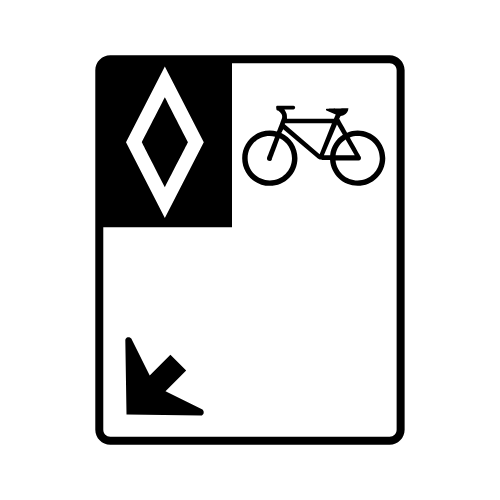
- Designates on-street space for cycling.
- Note: Drivers are not permitted to park or drive in bike lanes, but may turn across them to access an alley, driveway, or intersection.
- Drivers must signal before crossing any cycle track and yield to all people cycling.
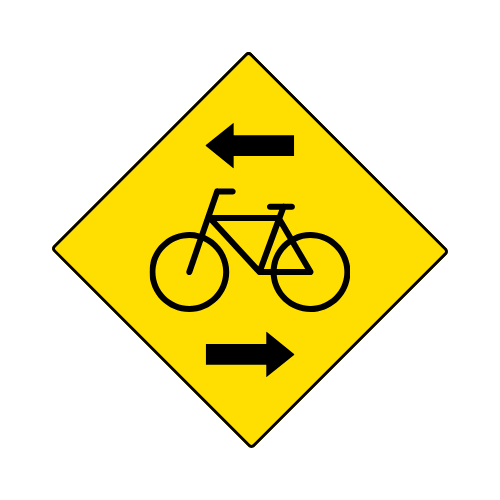
- A reminder for drivers to watch for two-way bicycle traffic when entering a street.
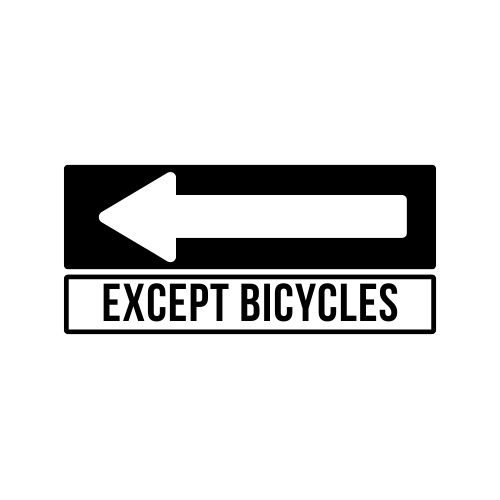
- Indicates that the street is a one-way (single-direction) road for drivers, but cyclists can travel in either direction in the bike lane or designated cycling space on the road.
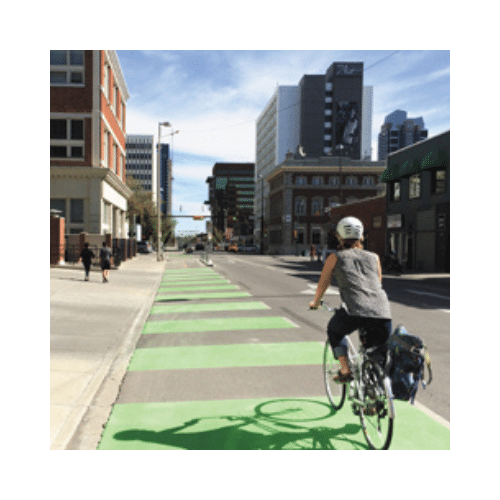
Green dashed lines on the roadway
- Indicate a high congestion point for people cycling, walking, and driving.
- A reminder for drivers to watch out for and yield to other road users when changing lanes or turning.
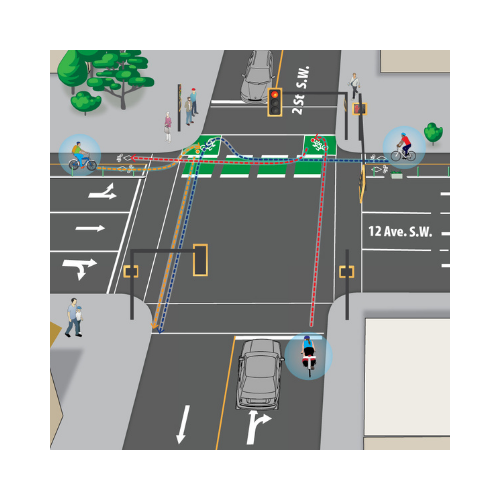
Green bike boxes at intersections
- Designated space on streets for cyclists to reposition their bikes when changing directions
- A safe alternative for cyclists to use to make a right or left turn, instead of crossing traffic.
- There is a white painted line behind the box that indicates where drivers should stop so as to not block the green bike box.
More information about bike lanes in Calgary:
- Most of the cycle tracks are a “Priority 1” snow route which means they get cleared within 24-48 hours after a snowfall ends. You can find more information about snow clearing in the city here.
- Calgary has the most extensive urban path and bikeway network in all of North America! The city maintains around 1000km of pathways and 96km of trails. Plus, there is another almost 300km of on-street bikeways and cycle tracks.
- Click here to view the full path and bikeway map, or come to our Kensington location to grab a paper copy.
Shop Urban Bikes
Shop Cycle Commuting

